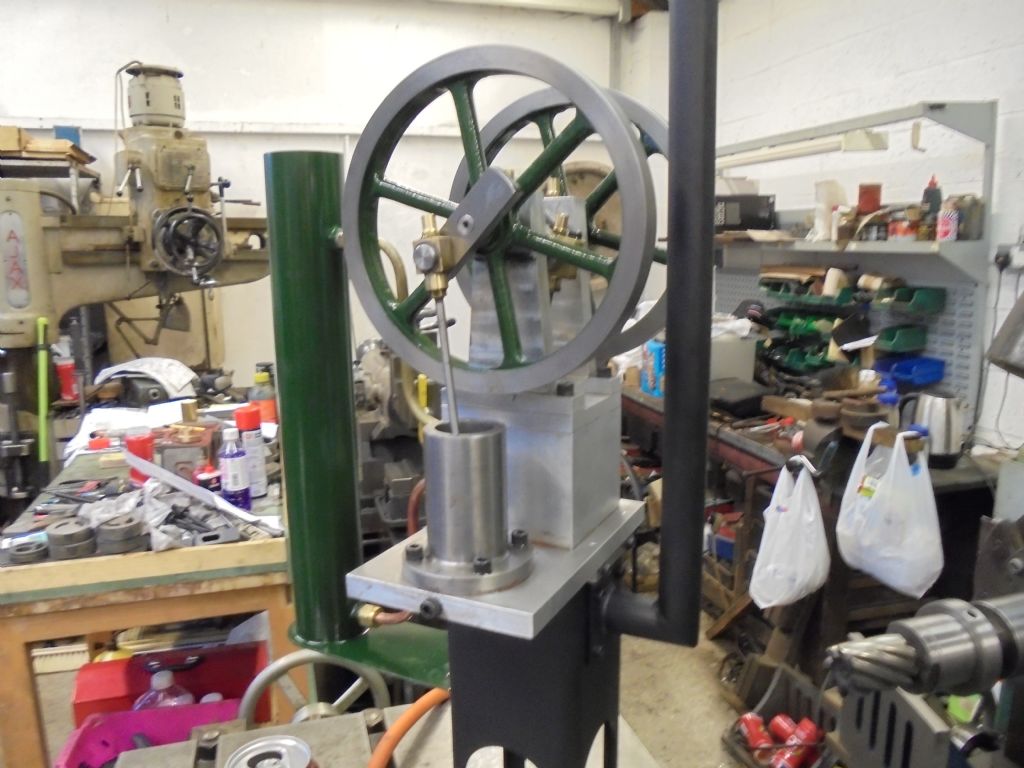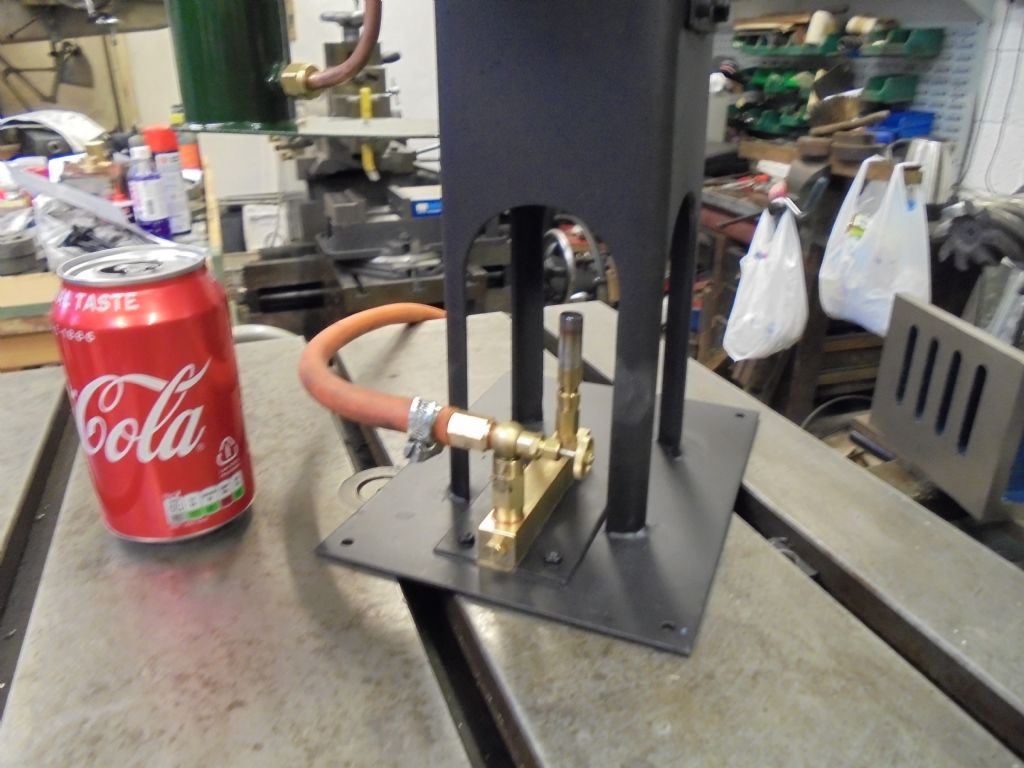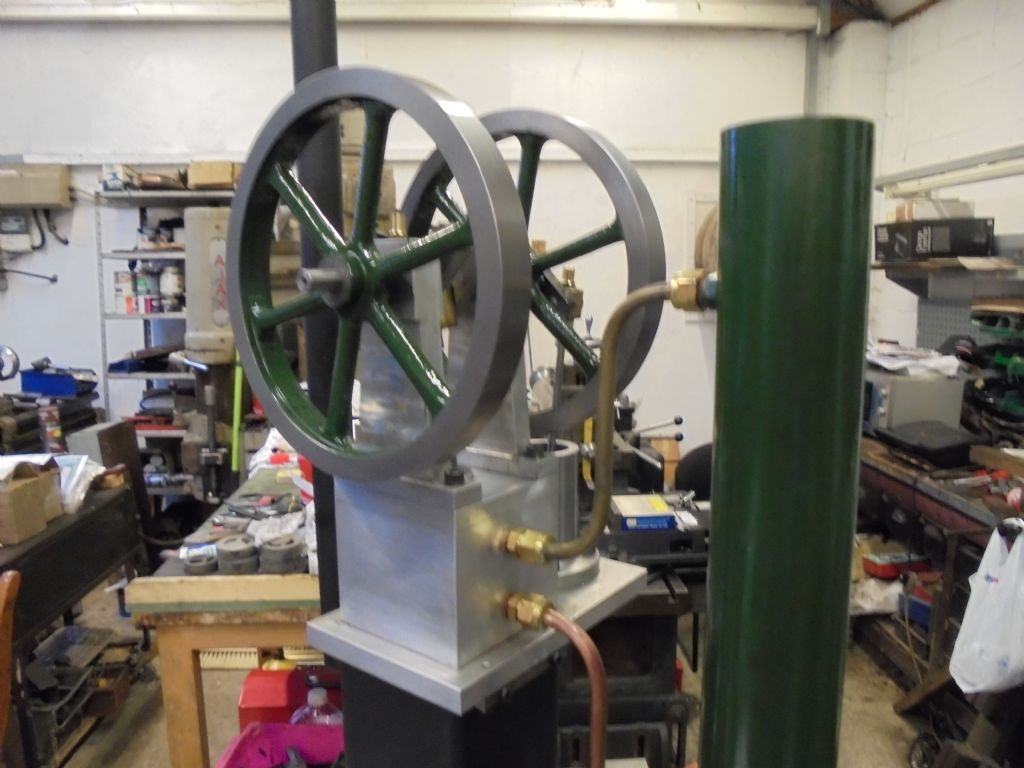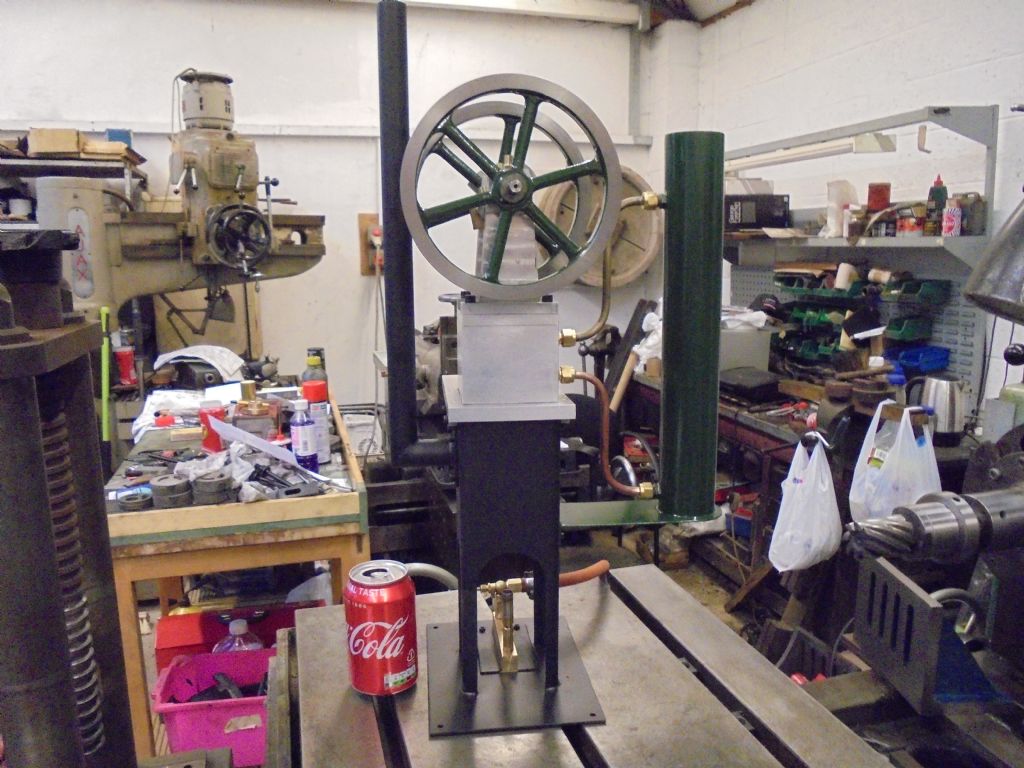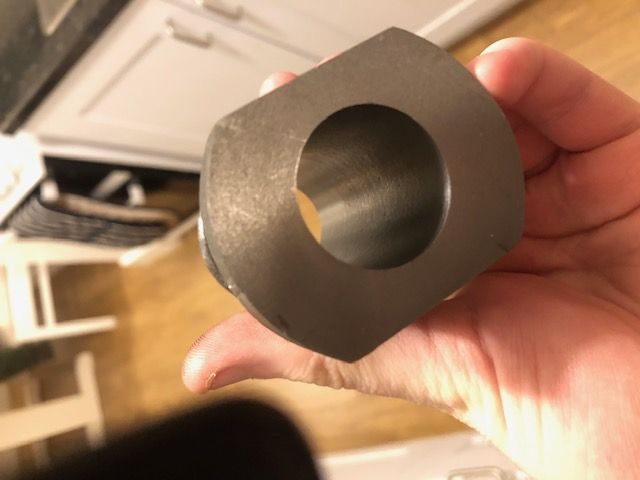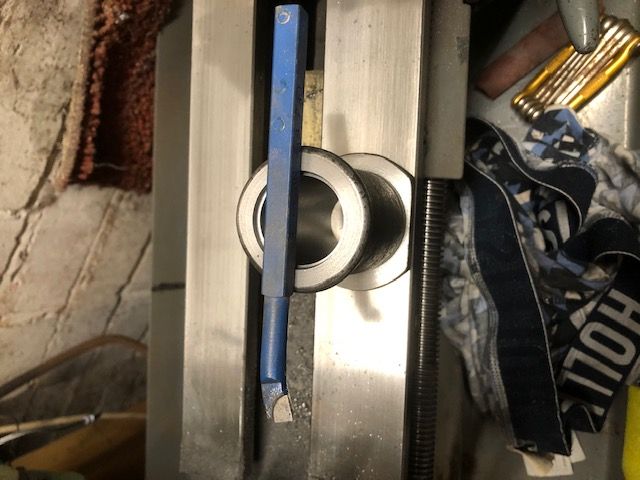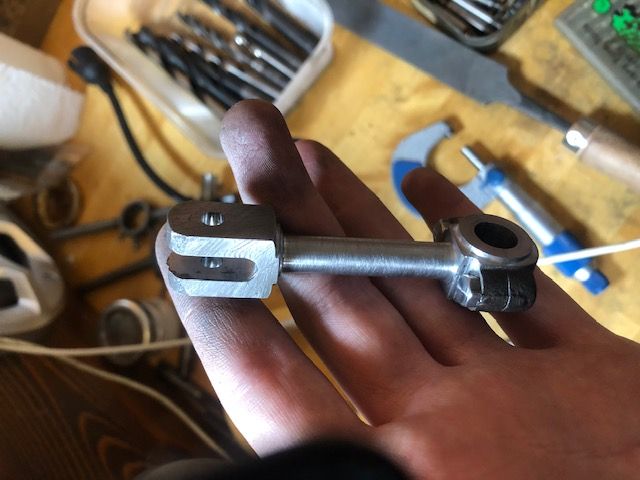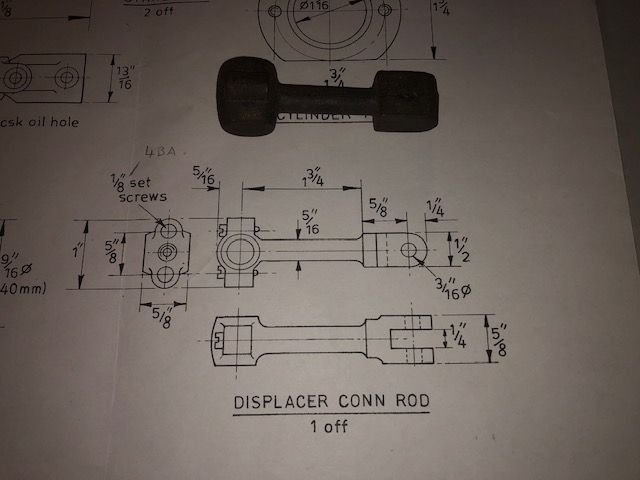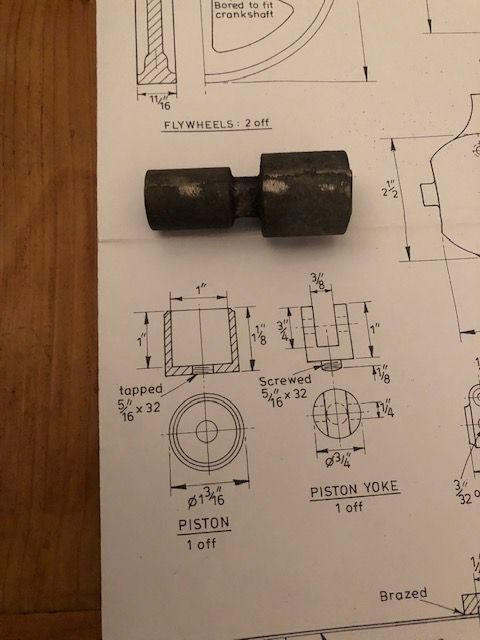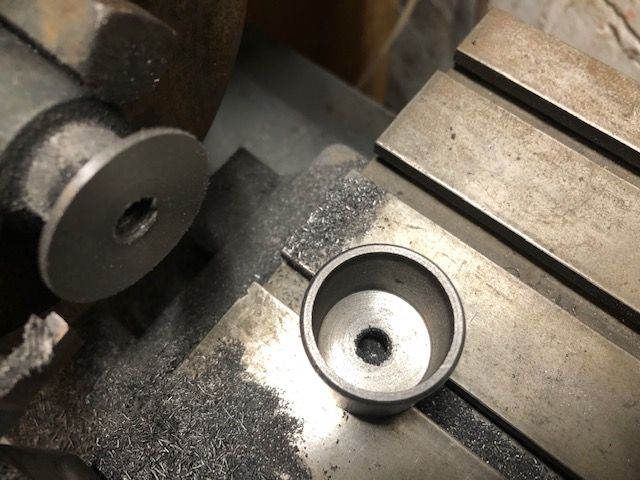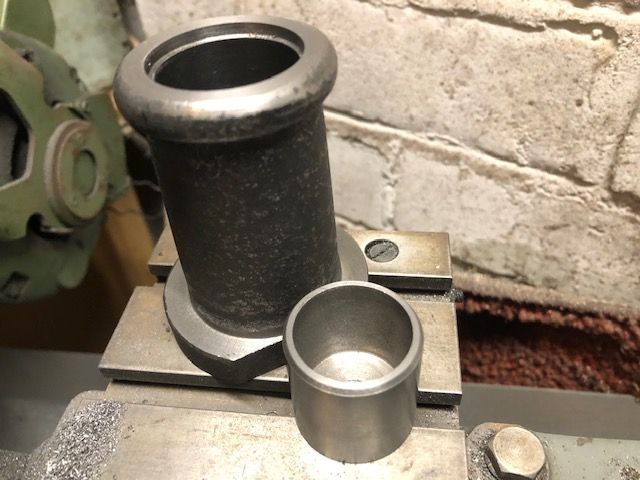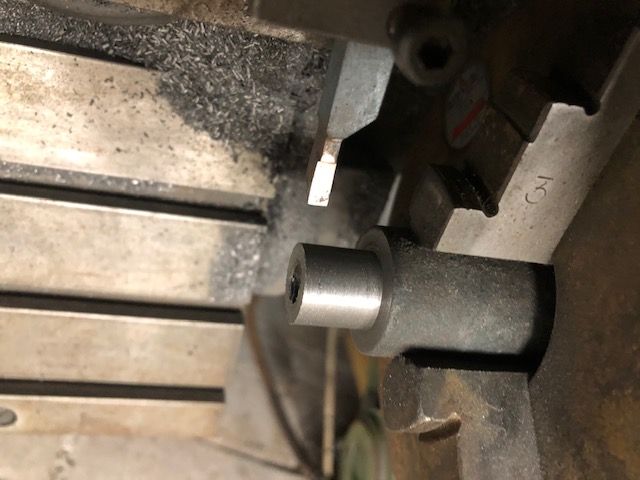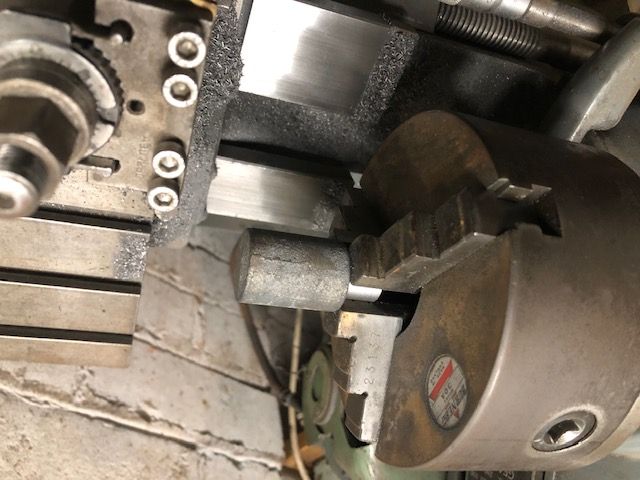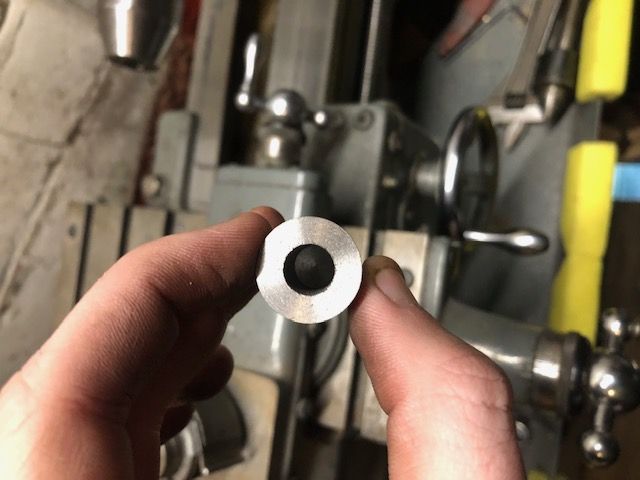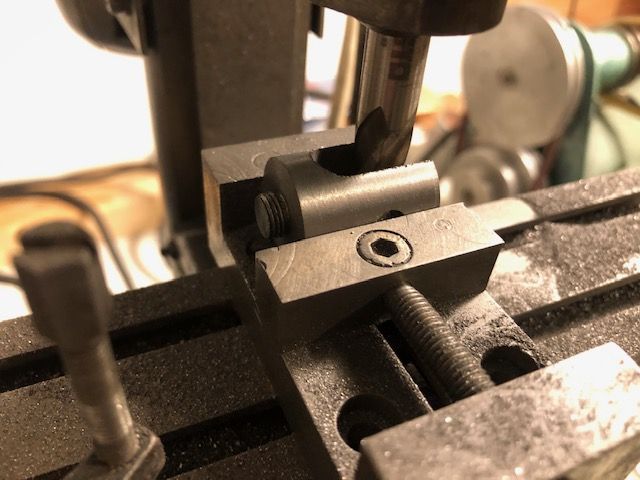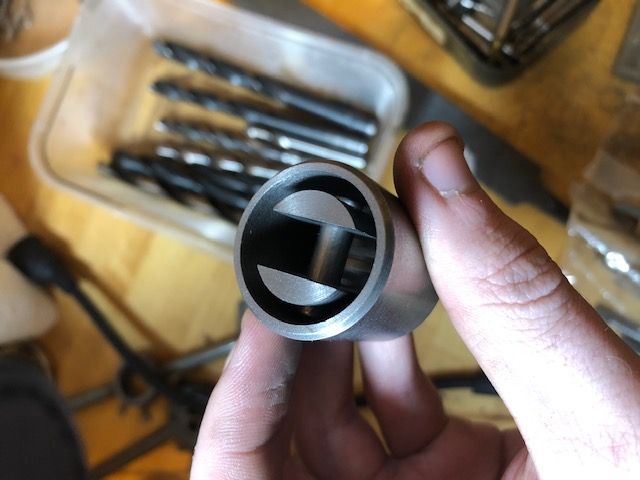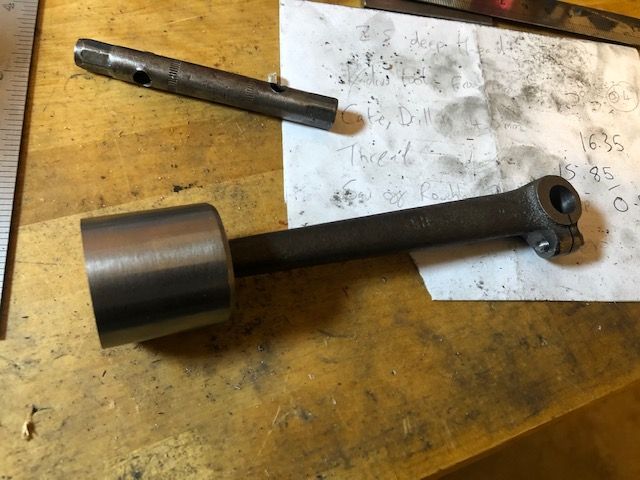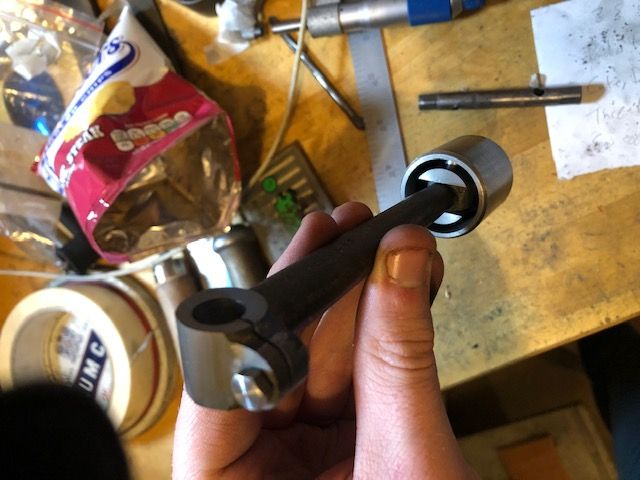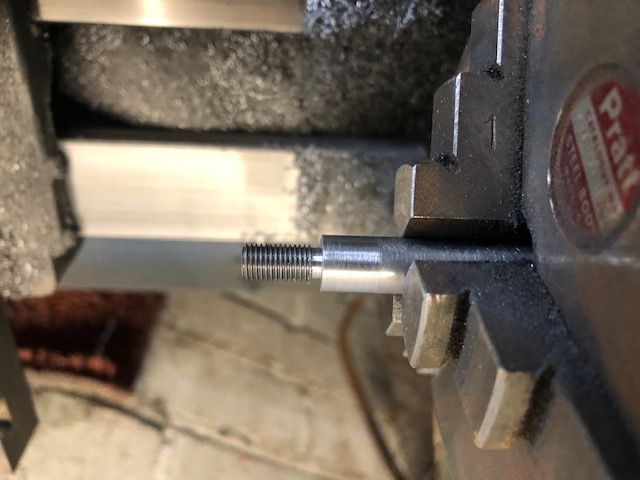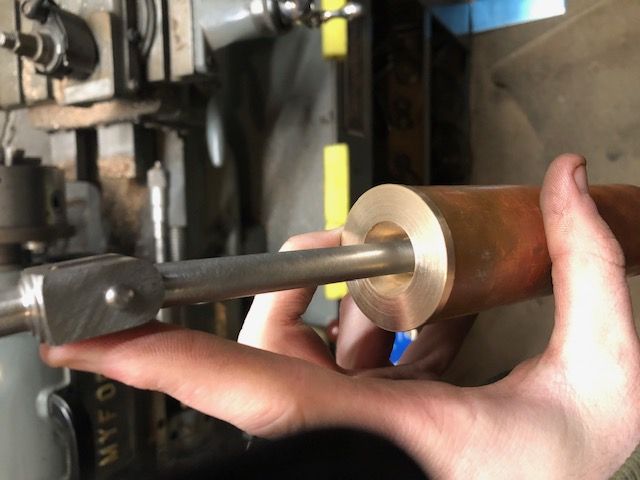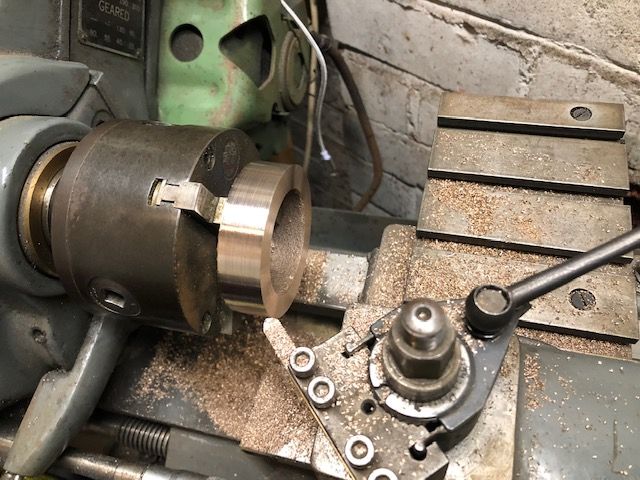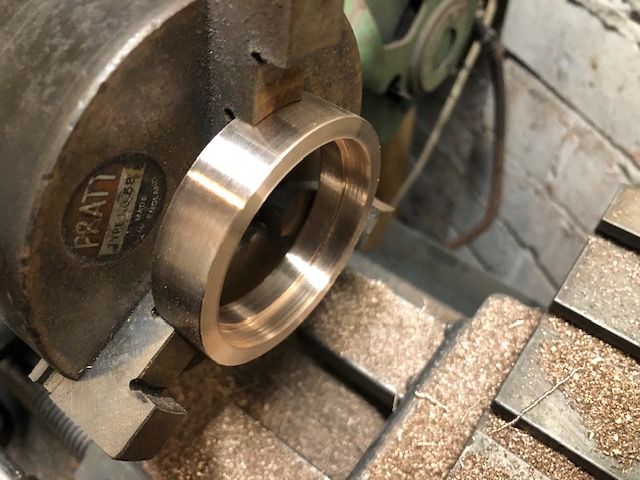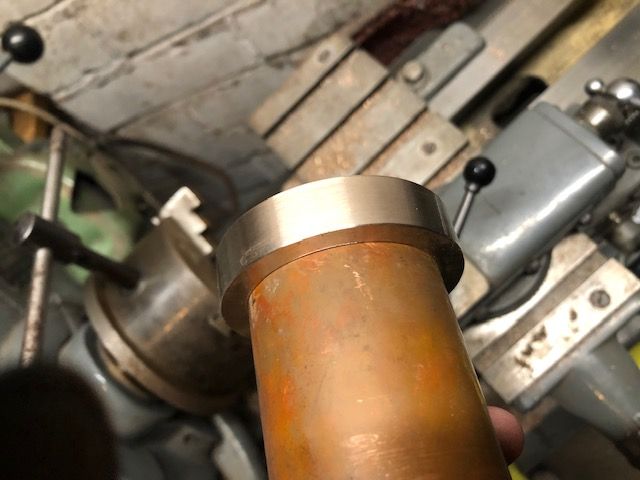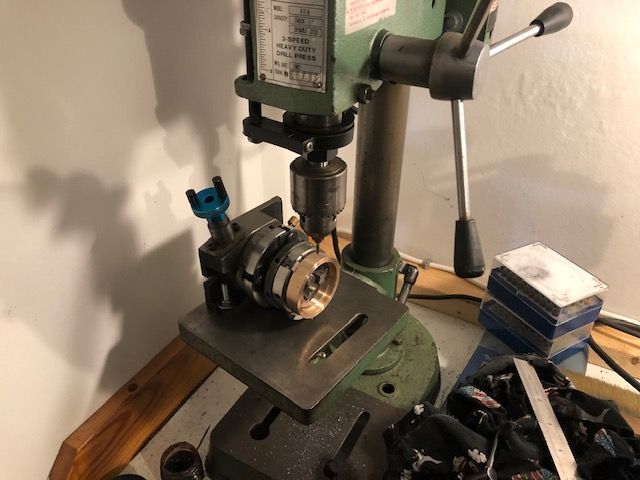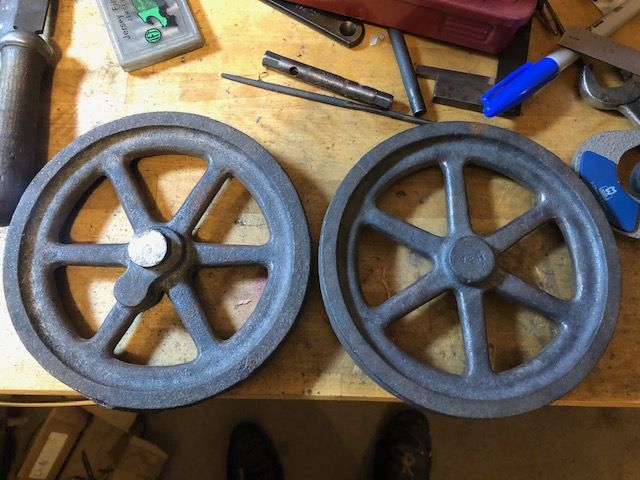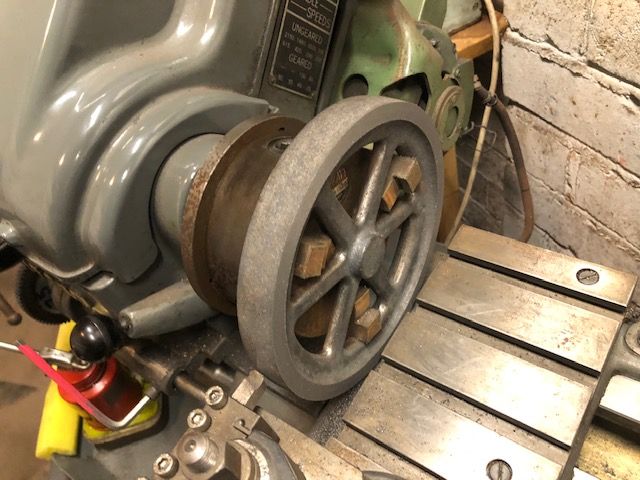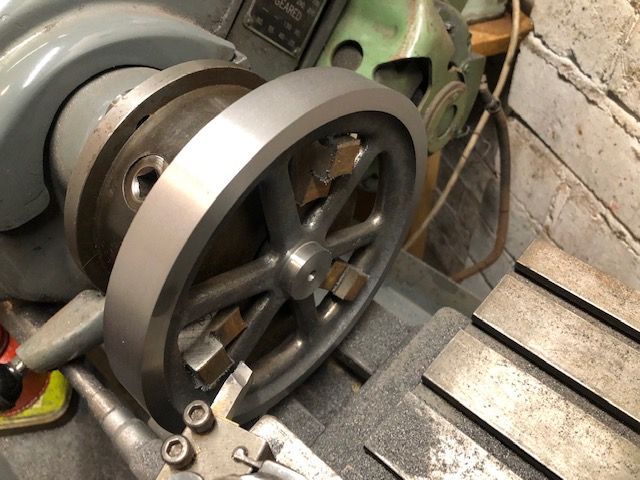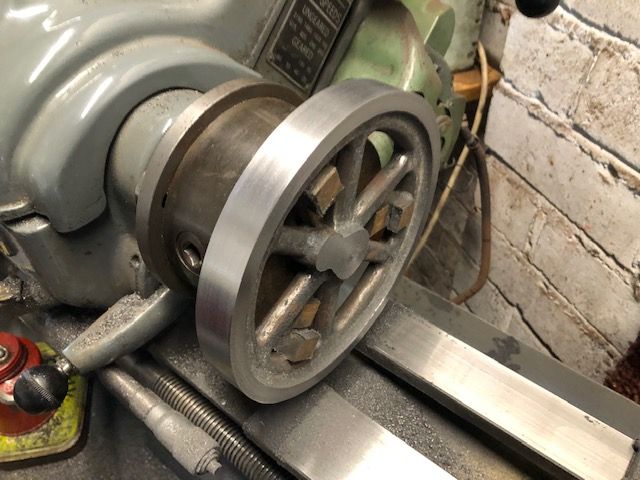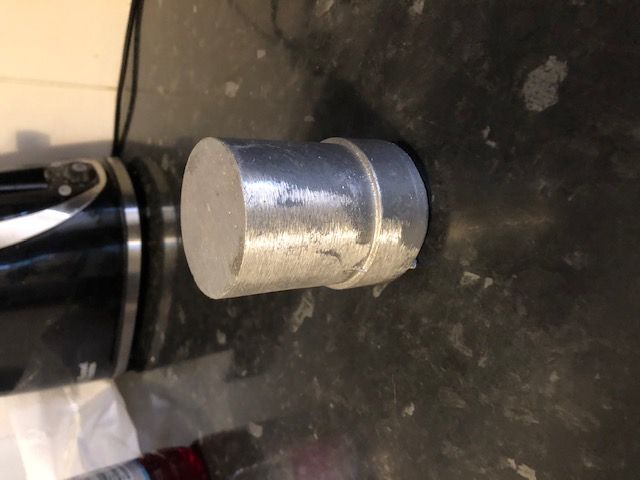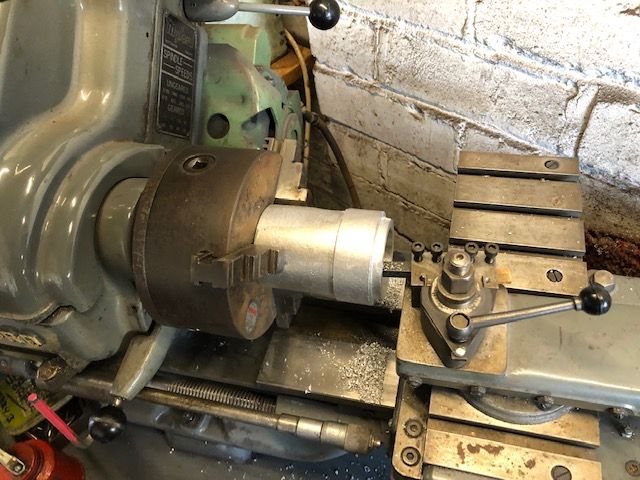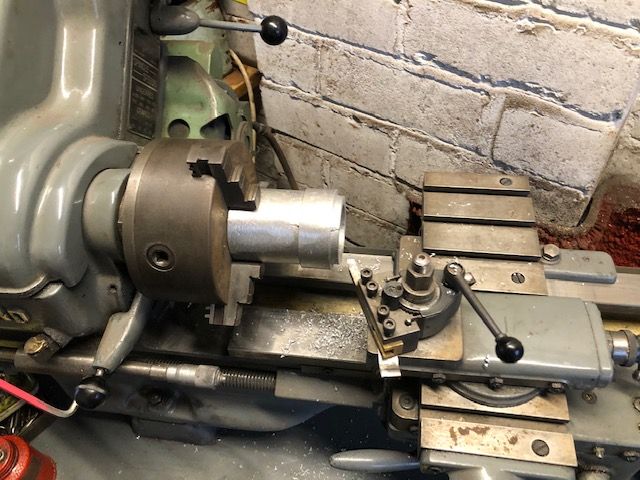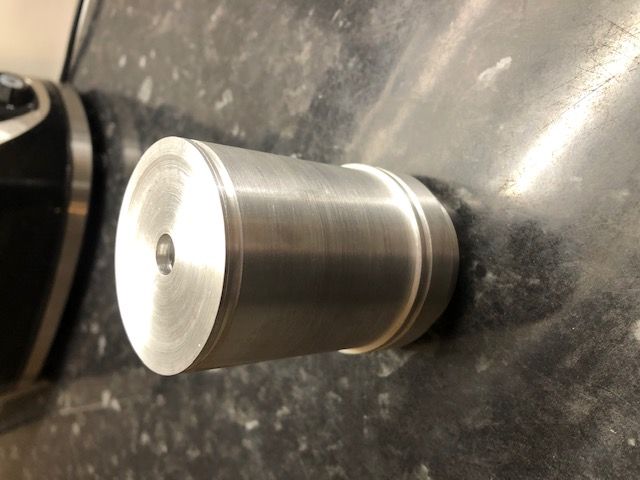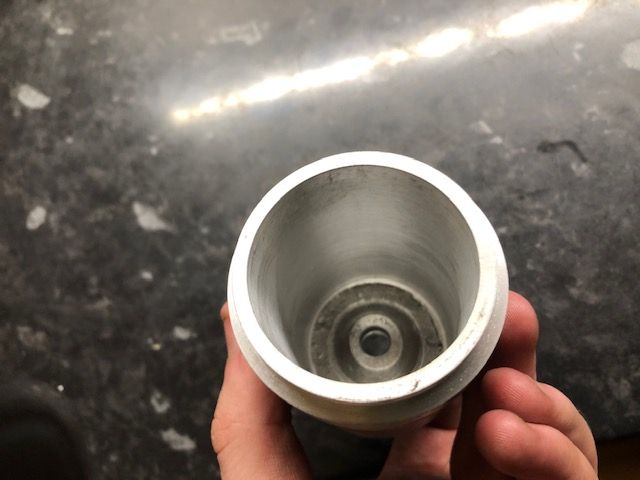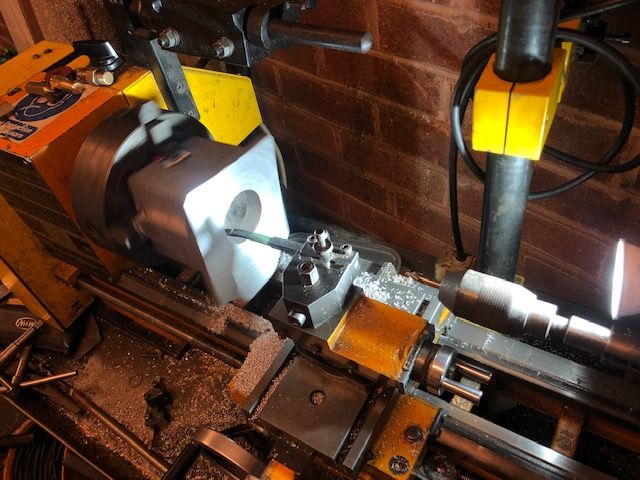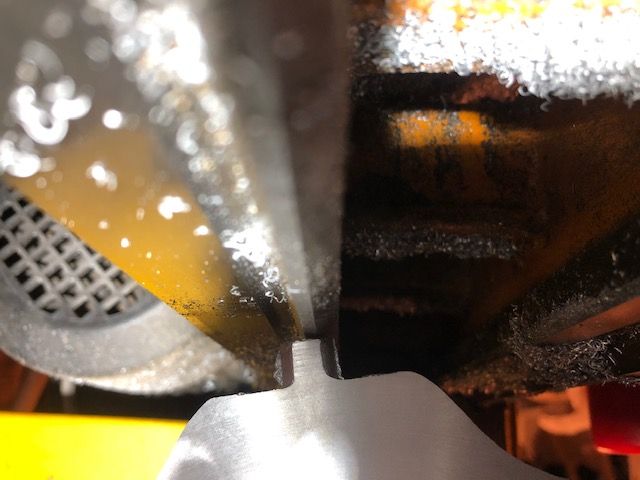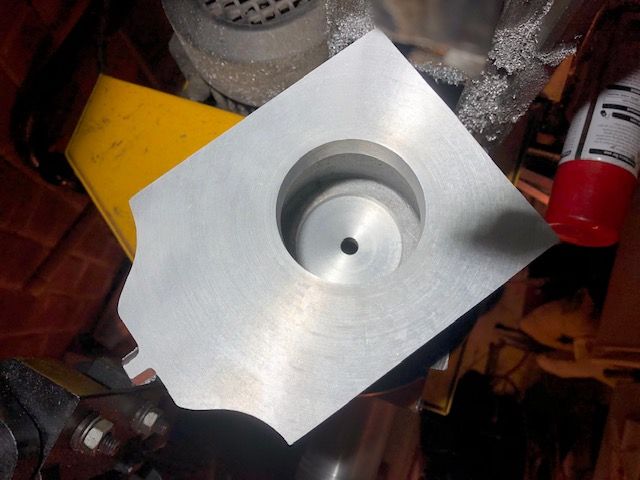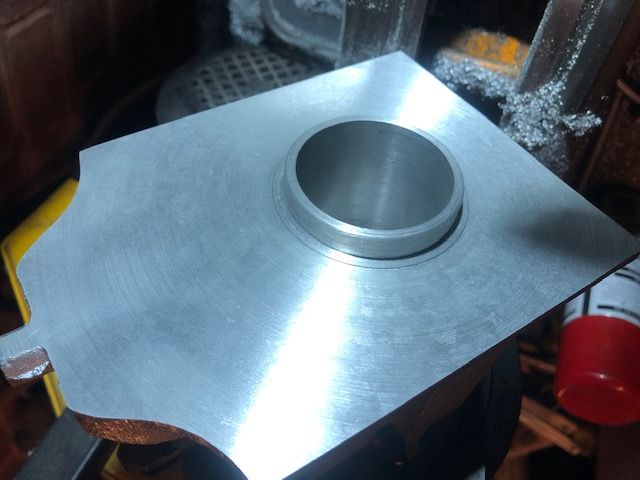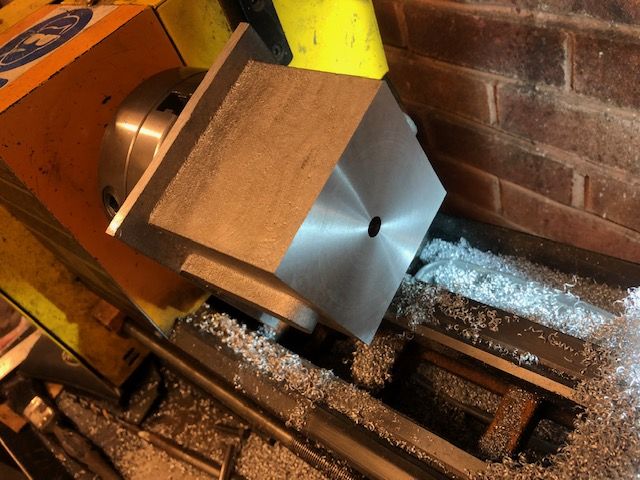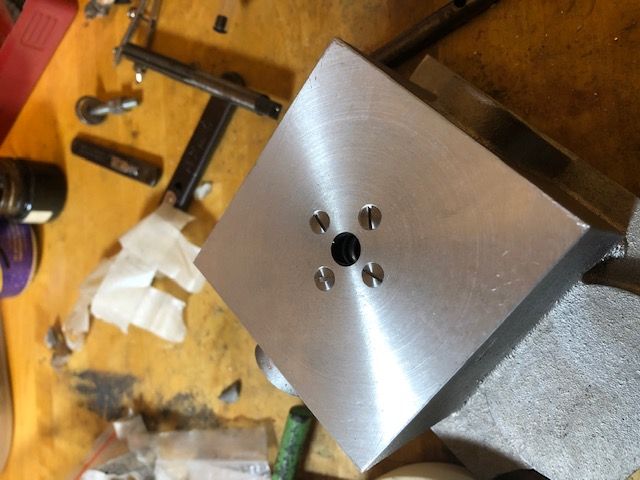Posted by RICHARD GREEN 2 on 12/10/2019 15:52:34:
Here's a question for the Stirling engine experts out there,………….Will a stirling engine "scale up" ?
I've just built the engine in this thread, it has 7" flywheels, I have in stock a couple of 14" flywheels and would like to build another engine twice the size ,
My question is will it scale up and run the same as the smaller one, with a larger burner of course.
Richard.
Scaling probably deserves a thread of it's own. It's a big subject and I've never seen a book on it.
With mechanical objects, including engines, it's generally easier to scale up than down, so the outlook for a Stirling Engine is rosy. But there are pitfalls.
Consider a full size steam locomotive. Heat loss from the boiler is proportional to the ratio between its surface area and volume. And because volume is proportional to the square of the diameter, while surface area is proportional to a plain multiplication, small boilers leak heat disproportionally faster than big ones. With boilers the bigger the better, and scaling them down to make a model loco automatically means the model can't be as efficient as the prototype. (Anyone built a working N-Gauge Steam Loco?)
As Stirling Engines leak heat, they benefit from being big rather than small.
But nothing is ever easy! The strength of materials doesn't scale up linearly, so building bigger means checking details. Big boilers are very dangerous. A decent dart glider can be made from a sheet of A4 paper, but the same design scaled up to 2 by 3 metres is a floppy disaster: there's a point beyond which paper can't support it's own weight. The same is true of all materials; no problem building house walls with bricks, but they can't take the weight of a skyscraper. And there's a limit to the maximum height of those too.
Weight and strength need looking at together. Simply scaling up a model piston to full size will make it heavier than it need be, and cylinders and frames will probably use more metal than is actually needed. Or not! Most model ships are strong enough to be picked up at one end. A full-size ship would break if subjected to an equivalent lift – they depend on the support provided by water and dry-docking requires careful positioning of wooden beams. It's not economic to make ships stronger than they have to be – extra metal & construction has to be paid for and then shifting unnecessary weight around the world is commercial suicide. Engineering with hard sums, not non-critical construction in a shed.
Unlikely to be a problem with Stirling Engines, but flywheel strength needs careful watching. The force applied to spokes and rim is proportional to the square of the diameter and to the square of the velocity. Big flywheels require careful design, suitable materials and competent construction because they store a lot of energy and can burst.
I've failed to find a reference to the relative sizes of Stirling Engine volumes, but I vaguely remember there's an optimum ratio between hot, cold and regenerator spaces. Do any of our Stirling experts recall that? If so, would pay to check that the working volume ratios of the model stay the same when the dimesions are scaled up.
Hope that's not too depressing because I think modestly scaling up a Stirling Engine should be relatively painless. But it depends how large you intend? Big difference between twice model size and an Engine producing tens of Horse Power.
Dave
 JasonB.
JasonB.

